Michigan vegetable crop report – July 16, 2025
Sweet corn season begins while weather brings opportunities and challenges.

Weather
Conducive airflow brought another episode of wildfire smoke early this week. For the past week, temperatures were mostly warmer than normal with some cooler pockets. Rainfall was notably spotty ranging from nothing to over an inch in parts of southeastern Michigan, the northern Lower and Upper Peninsula. Southwest and west central lower Michigan moving into northern Indiana are especially dry. The northern lower and the eastern Upper Peninsula are lusher. Degree day totals are several days to a week ahead of normal for much of the state.
This week’s forecast calls for:
- Scattered showers and thundershowers possible statewide Wednesday, July 16. Some strong storms possible west. Mostly cloudy and cooler Thursday with showers possible southeast. Fair, dry and cool Friday. Showers and thunderstorms possible again Saturday. Warmer early next week with scattered showers and thunderstorms possible.
- High temperatures Wednesday from the 60s north to the mid-upper 80s south, cooling to the 70s Thursday and Friday, then slowly warming back to the 80s by early next week. Lows from the 50s north to near 70 south Thursday morning, falling to the 40s and 50s Friday, then warming to the 50’s to low 60s south by early next week.
- Medium range outlooks call for warmer than normal mean temperatures and near to above normal rainfall totals.
Crop updates
Asparagus
Growers were continuing to apply a first cover of fungicides on main-season fields this week. Some were including azoxystrobin in their first or second cover, adding in tebuconazole to provide rust protection. Note, tank mixing chlorothalonil with single-site fungicides such as azoxystrobin can be part of a resistance management program. This can be important to preserve the longevity of these often highly effective products. Skip around this article to learn more.
Between 5-10 disease severity values accumulated at five Oceana County sensors Michigan State University Extension is monitoring during July 8-14.
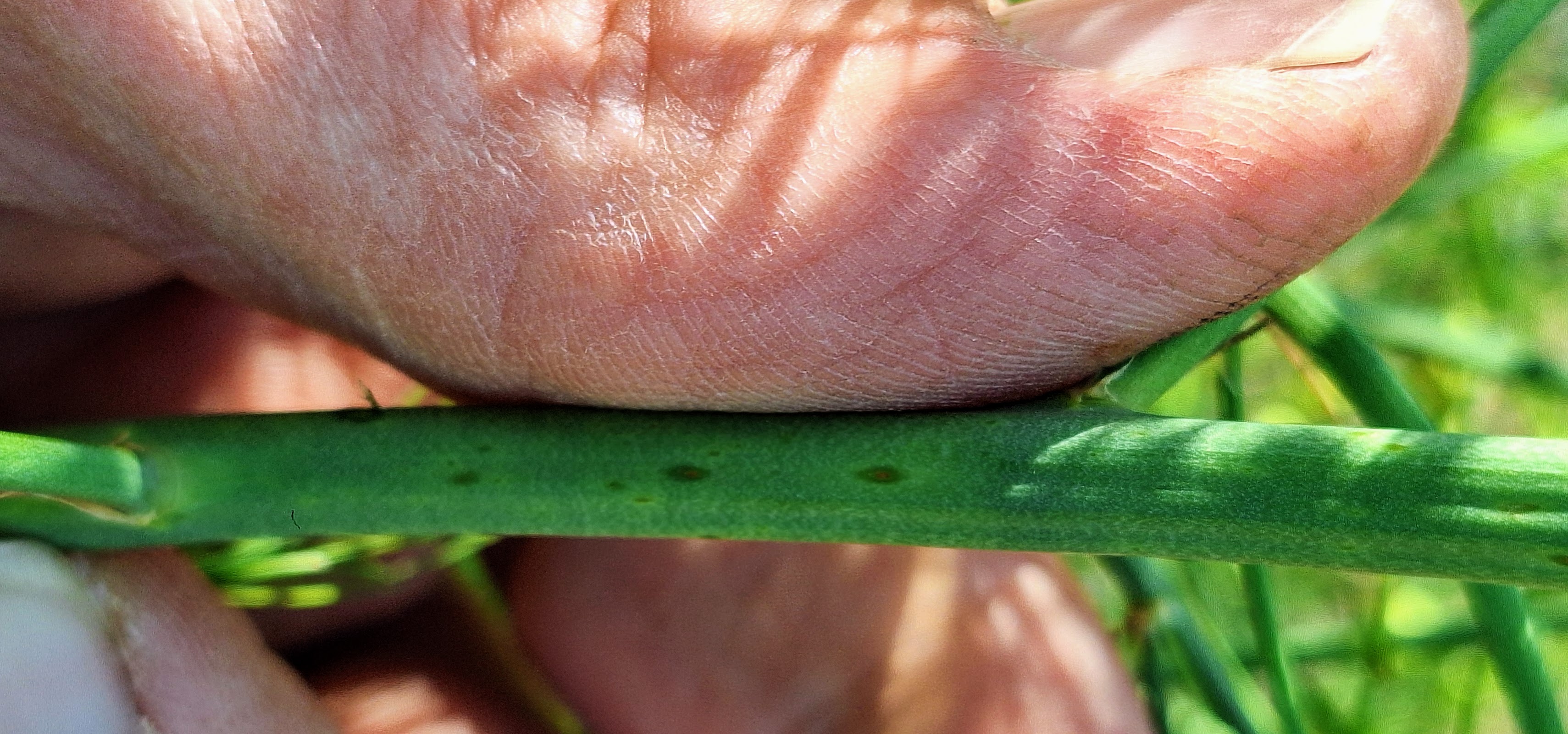
Insecticides were being applied as asparagus beetle adults and grubs, and the beginning of Japanese beetle, were present in fern. Michigan State University (MSU) entomologist Zsofia Szendrei’s 2024 fern trial showed that the standard carbaryl and permethrin tank mix, and acetamiprid (e.g., Assail), were both effective for asparagus beetle. Note, acetamiprid was effective for adult beetles, but slightly less effective than carbaryl and permethrin for grubs. These will also pick up Japanese beetles and tarnished plant bug.
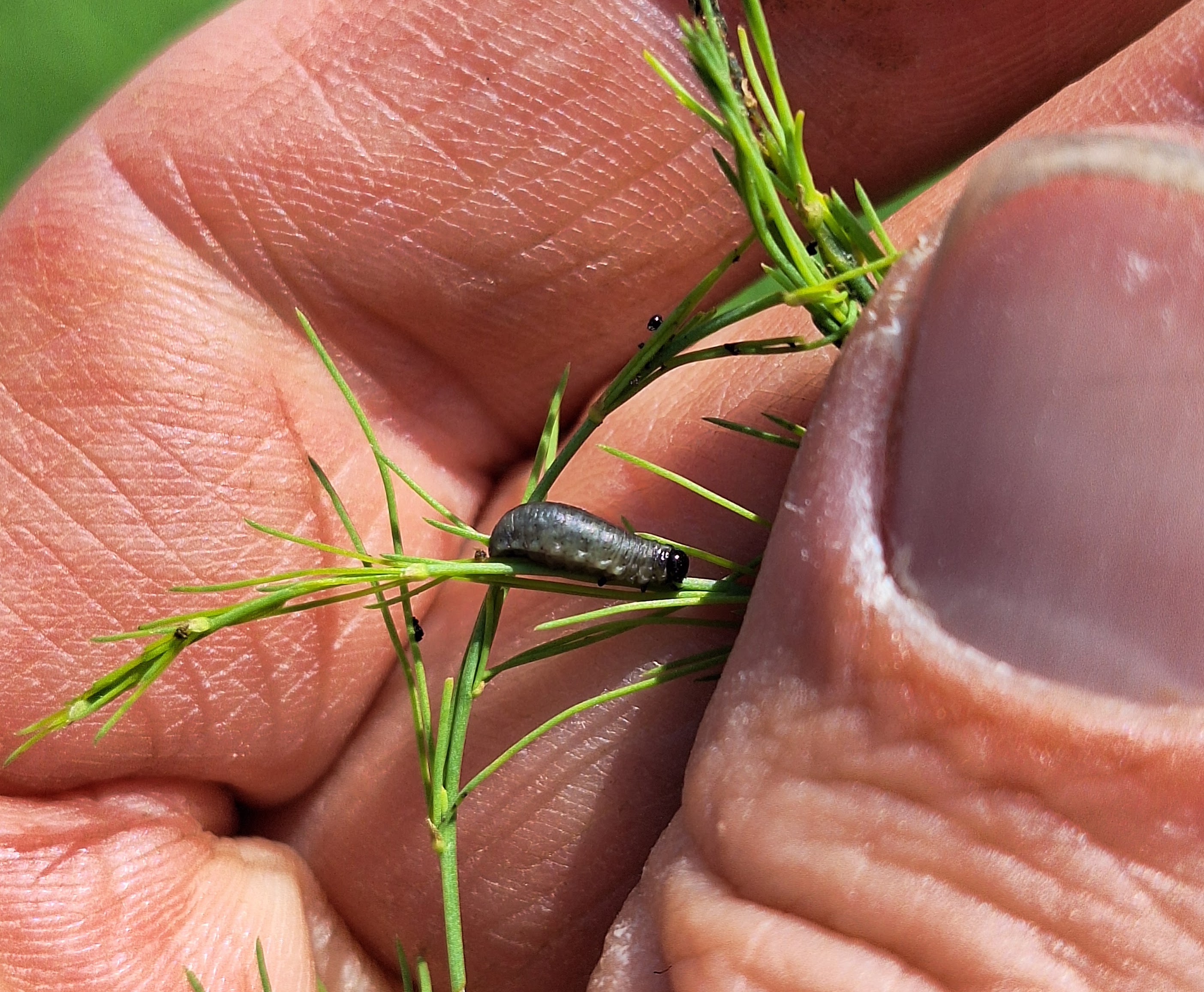
Cucurbits
Cucumber and summer squash harvest continues. Melon harvest is just starting on some farms. Pumpkins are flowering and beginning to vine out and cover the soil. Cucumber beetles can be found on plants. Squash bugs are being seen in summer squash. Downy mildew continues to be detected on cucumbers across the state. Check out the latest downy mildew updates on the MSU Downy Mildew News website.
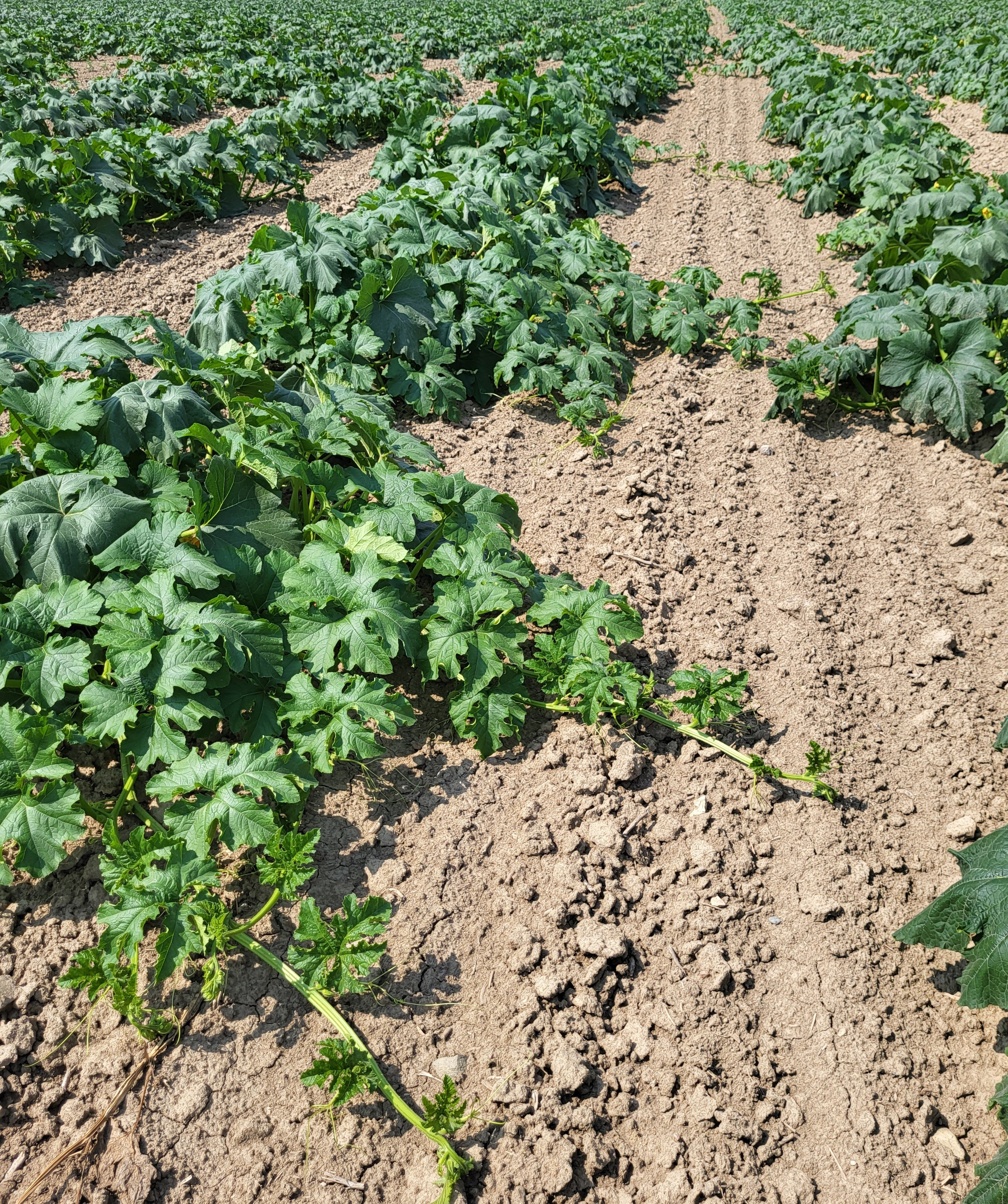
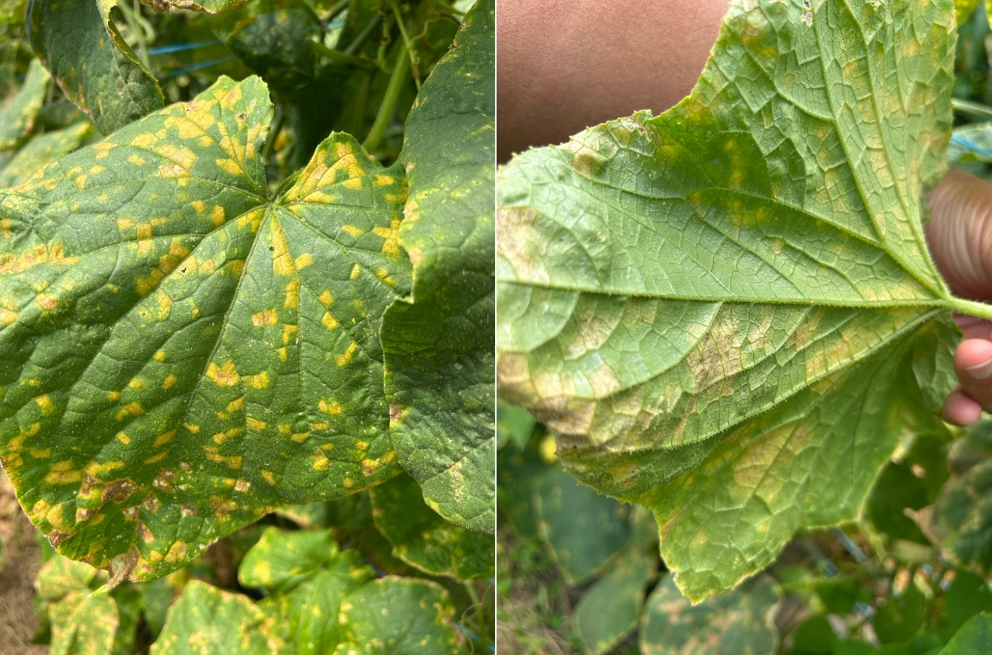
Fruiting vegetables
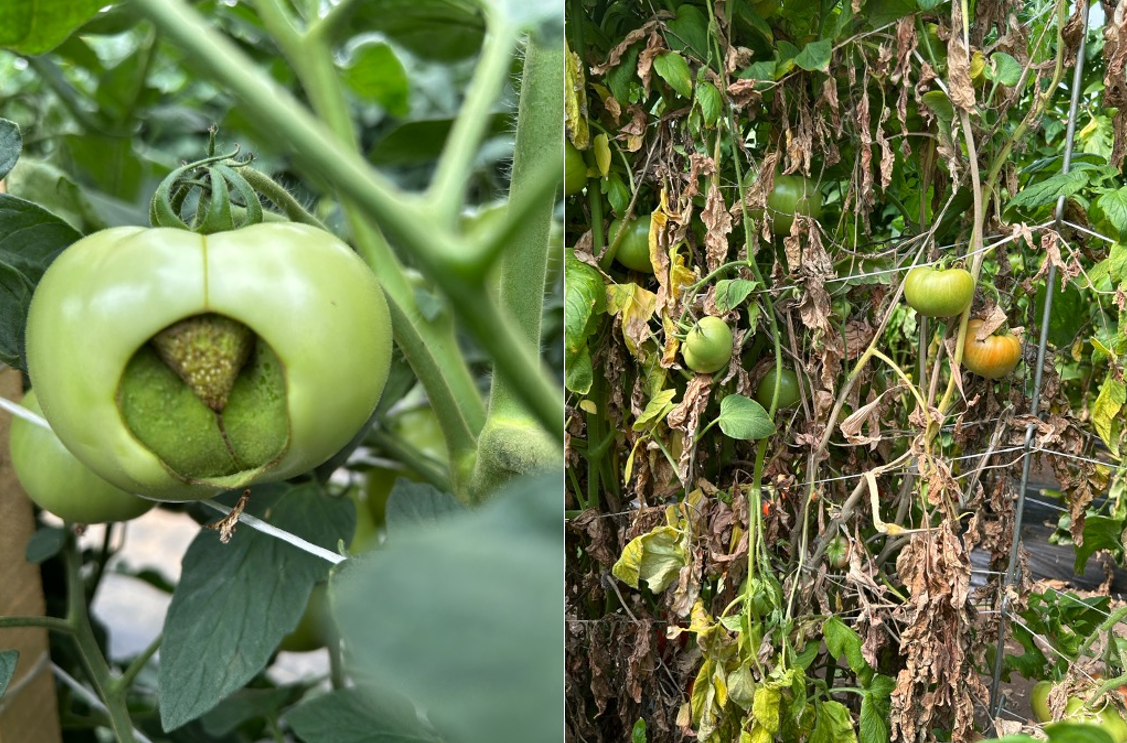
Onions and garlic
Garlic harvest is in full swing. Sweet onions are nearing harvest on some farms.
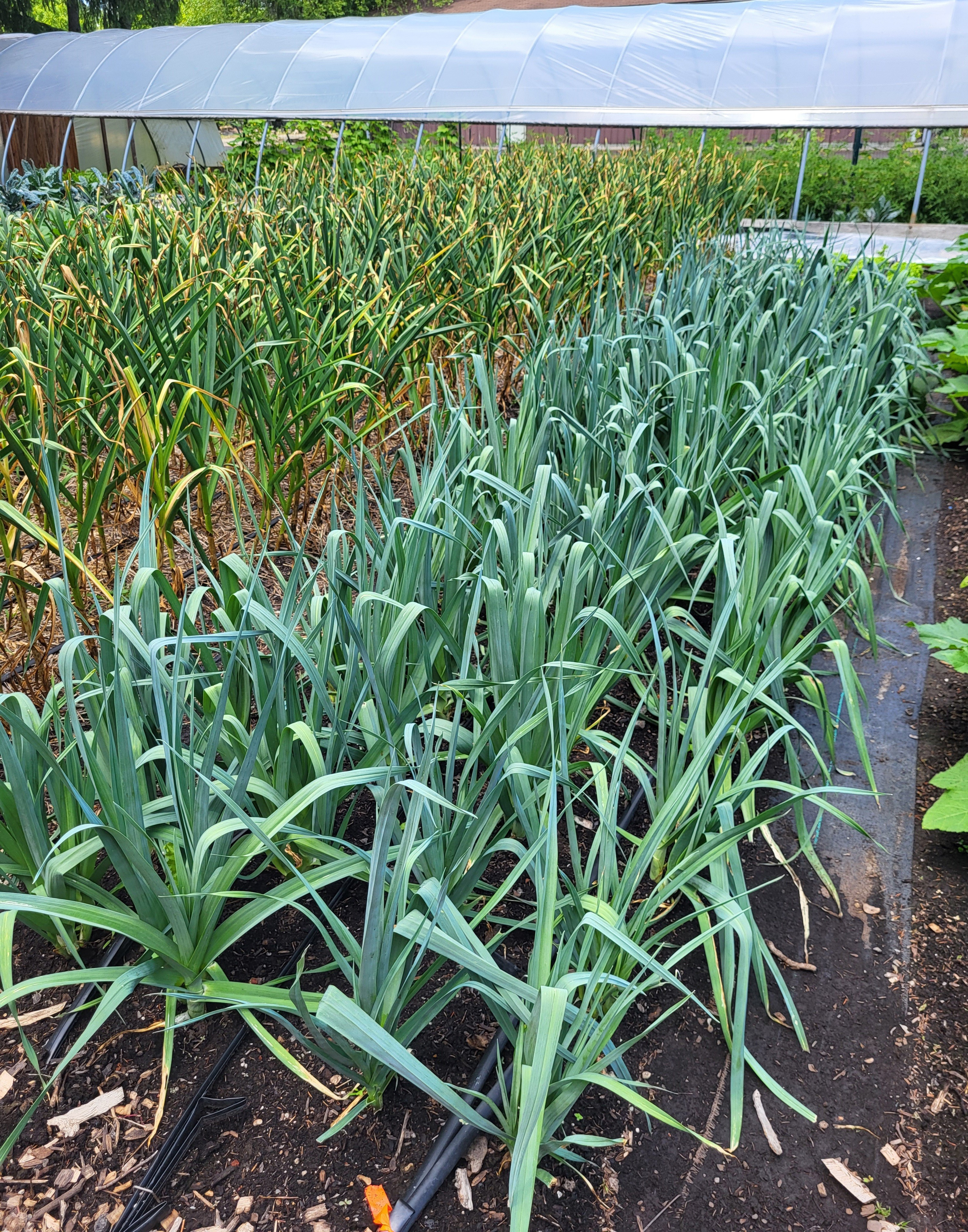
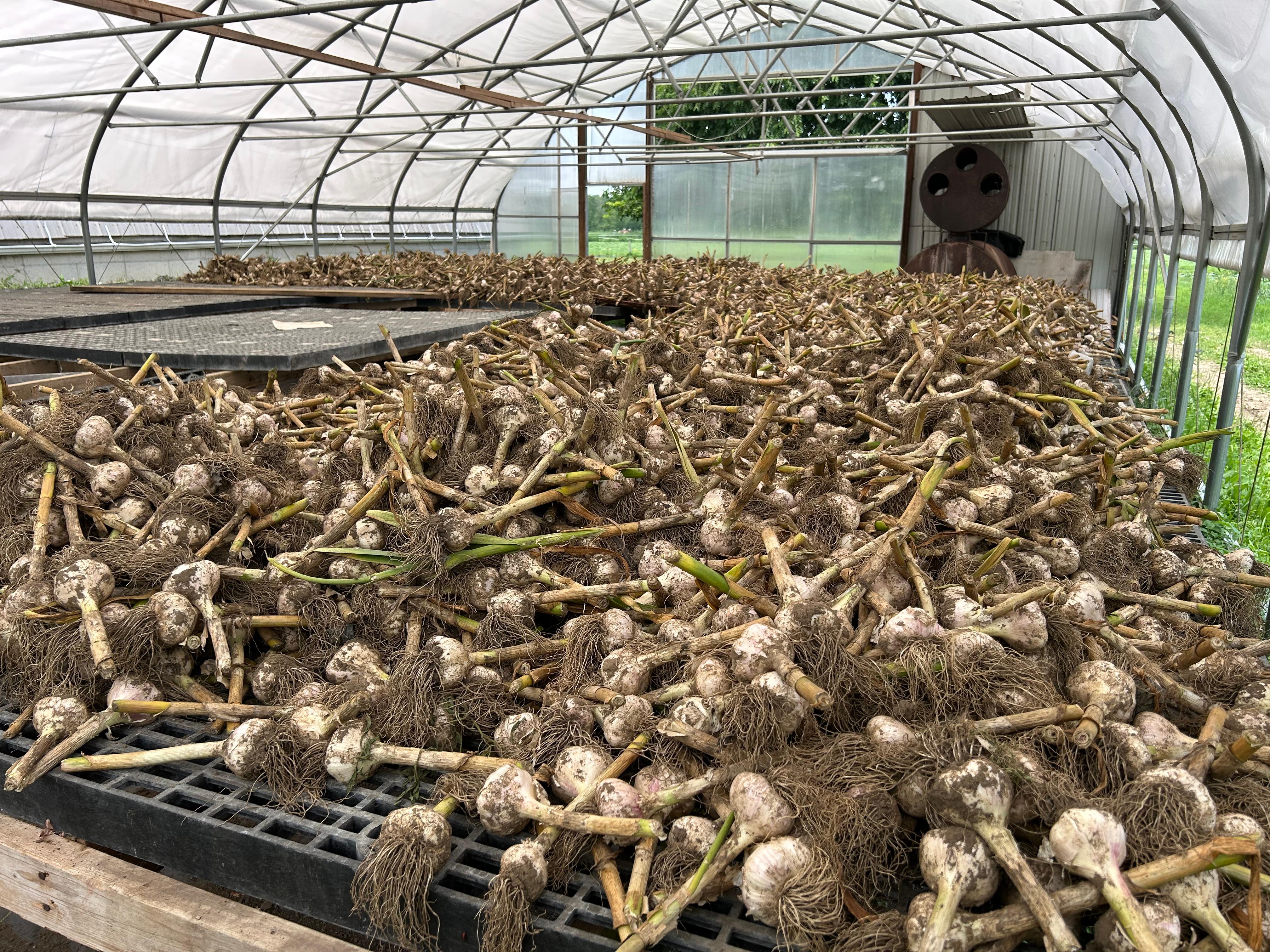
Root Crops
Cercospora is being seen on the leaves of table beets.
Sweet corn
Harvest has begun on farms using season extension tools in the spring, such as plastic mulch, row covers and transplants.
Corn earworm was present but in low numbers in eastern Michigan traps being checked by MSU Extension. Numbers had been initially very high out of the gate in west central Michigan but declined in some locations this week. If and when field corn silks, it can “draw” corn earworm away from sweet corn, lightening the load for a brief while.
Table 1. Corn earworm captures. Total in trap for week1 (average number per night2).
|
Week |
Saginaw Co.3 |
Oceana Co.4 |
Ottawa Co.4 |
Monroe Co. |
Genesee Co. |
Lapeer Co. |
Lapeer Co. |
|---|---|---|---|---|---|---|---|
|
6/30 |
- |
42 (7.0) |
265 (33.1) |
- |
- |
- |
- |
|
7/7 |
3 (0.4) |
122 (17.4) |
30 (6.0) |
- |
- |
- |
- |
|
7/16 |
6 (0.9) |
76 (10.9) |
4 (0.6) |
6 (0.86) |
2 (0.3) |
9 (1.3) |
2 (0.3) |
1Total number collected since last trap check; 2The total number divided by the number of nights since the last trap check; 3Cloth Heliothis traps track trends but catch less moths overall; 4Wire Harstack traps capture more moths.
To our south, for the past week corn earworm was present but lower in the Indiana network maintained by Purdue University and in Ohio State University’s network. Insect Forecast predicts a low risk of additional migration today and tomorrow.
Western bean cutworm numbers have begun to rise some MSU Extension traps, with numbers also rising in Ohio State University’s trapping network (this article also has scouting information). Corn that is just about to tassel is a good place to check.
Table 2. Western bean cutworm captures. Total in trap for week1 (average number per night2).
|
Week |
Genesee Co. |
Oceana Co. |
Ottawa Co. |
|---|---|---|---|
|
6/30 |
- |
0 (0.0) |
16 (2.0) |
|
7/7 |
- |
13 (1.8) |
17 (3.4) |
|
7/16 |
2 (0.3) |
54 (7.7) |
67 (9.6) |
1Total number collected since last trap check; 2The total number divided by the number of nights since the last trap check.
Produce Food Safety On-Farm Readiness Reviews
Schedule an On-Farm Readiness Review today for a two-hour educational visit that takes place during the harvest season and is meant to be casual and low stress. Everything discussed during an On-Farm Readiness Review is confidential and focuses on ways to reduce risks in relation to produce safety. There is no pressure to take our advice either, we are just here to support you in your produce safety efforts.
On-farm soil moisture monitoring research opportunity
MSU researchers are looking for 20 farms to install soil moisture probes in up to two fields. Cooperators get access to real-time data for both monitoring stations for three growing seasons (fall 2025-fall 2028). Refer to the flier for more details.
Reach out to Alex Kuhl (kuhlalex@msu.edu) if you might be interested or have questions.
Events
- July 22, 9 a.m.-4 p.m., Beginning Farmer Field day, West Central Michigan Research and Extension Center, 5185 N. Oceana Dr. Hart, MI 49420
- July 24, 7-8 a.m., Field Crops Virtual Breakfast series: Cover Crops After Wheat (RUP/CCA)
- July 29, 9 a.m.-3 p.m., Vegetables, Livestock, Markets and More! Field Day at Providence Farm (Central Lake)
- July 30, Edible Flint Food Garden Tour
- July 31, 7-8 a.m., Field Crops Virtual Breakfast Series: Insect Diagnostic Topics (RUP/CCA)
- August 1, 9 a.m.-2:30 p.m., Summer Irrigation Workshop
- August 5, 12-1 p.m., Seed Treatment Webinar Series
- August 7, 7-8 a.m., Field Crops Virtual Breakfast Series: Drones (RUP/CCA)
- August 7, 10 a.m.-2 p.m., Weed Management Field Day at Full Hollow Farm
- August 12, 12-1 p.m., Seed Treatment Webinar Series
- August 18 – 19, Northern Michigan Small Farm Conference
- August 19, 12-1 p.m., Seed Treatment Webinar Series
- August 20, 10 a.m.-2 p.m., Organic Vegetable Pest Management Field Day
- August 26, 12-1 p.m., Seed Treatment Webinar Series
- October 11, 1-3 p.m., Farm Field Day with Fisheye Farm
- October 21, 12-1 p.m., What are Your Farm Certification Goals? - TOPP Online Webinar
- October 28, 12-1 p.m., Organic Market Premium - How Much Can I Expect to Get for My Products? - TOPP Online Webinar
- November 4, 12-1 p.m., How to Make Money in Organic Farming - TOPP Online Webinar
- December 9-11, Great Lakes Expo
This work is supported by the Crop Protection and Pest Management Program [grant no 2024-70006-43569] from the USDA National Institute of Food and Agriculture. Any opinions, findings, conclusions, or recommendations expressed in this publication are those of the author(s) and do not necessarily reflect the view of the U.S. Department of Agriculture.



 Print
Print Email
Email




